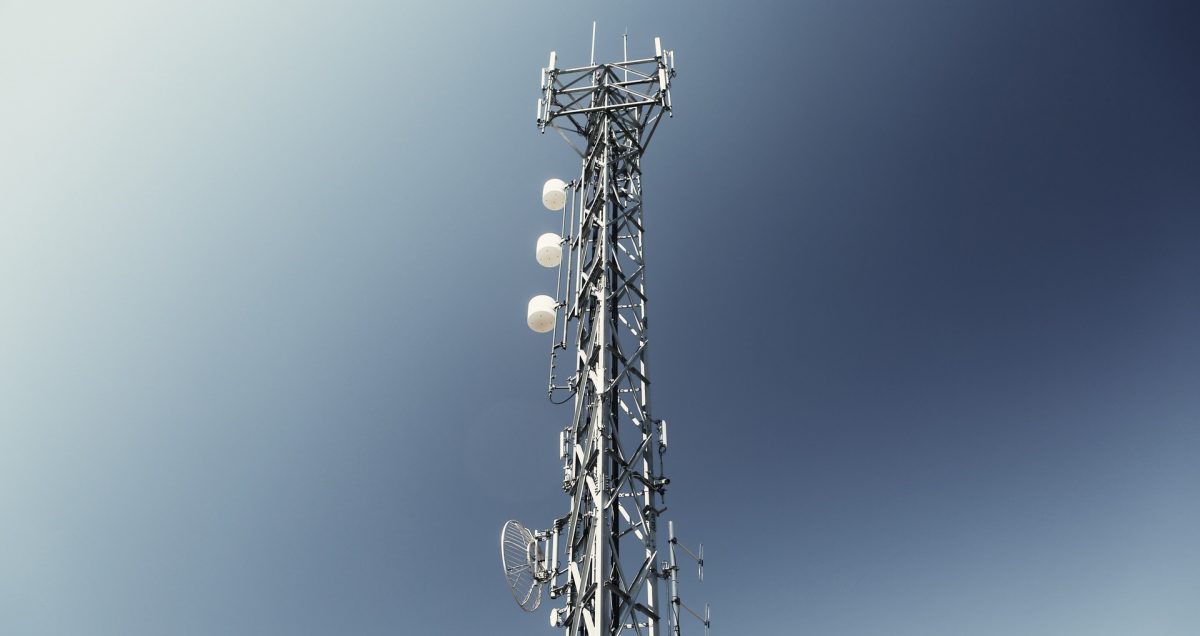The smooth operation of any equipment is often vital to an organisation’s production, which is why harmonics can be so detrimental. Fortunately, there are harmonic mitigation techniques to address this issue.
What are harmonics?
Harmonics are unwanted currents, or higher frequencies, which are caused by non-linear load types such as welding machines, battery chargers, uninterruptible power supplies or variable speed drives. These higher frequencies are superimposed on a fundamental waveform, resulting in a distorted wave pattern.
Why are harmonic mitigation techniques important?
Harmonics cause interruption of equipment operation which will negatively impact operations in various ways:
- Efficiency loss: the generation of harmonics will distort voltage throughout an electrical network leading to poor power supply.
- Fires: harmonics can overload wiring and transformers, creating heat and even fires.
- Equipment malfunction: harmonics can cause protection devices to false trip and plants to shut down.
- Voltage peaks: if harmonics cause increased currents in a capacitor bank, they could create resonance which leads to voltage peaks and drops in an electrical network.
- Shorten equipment functionality: harmonics can result in premature equipment replacement.
- Increased costs: money might have to be spent on damaged equipment in terms of capital or maintenance costs.
What are the harmonic mitigation techniques?
To prevent the harmful effects of harmonics on valuable equipment, it’s advisable that companies invest in certain harmonic mitigation techniques. These include:
Harmonic Mitigation Technique #1 – Passive filters
For a low-cost option, the passive filter is the ideal harmonic mitigation technique as it creates a resonant circuit which tunes into the harmonic order that is targeted for elimination. In the instance of multiple harmonics, then multiple filters can be installed. The downside, however, is that passive filters have a low-power factor at partial loads, making them a risk to the grid by way of resonances.
Harmonic Mitigation Technique #2 – Active filters
Active filters are able to measure the harmonics produced and generate an equivalent harmonic spectrum in reverse phase, thereby cancelling out the harmonic series. This harmonic mitigation technique can be installed within a UPS as a mid-range pricing option. The active filters will need to be oversized so as to compensate for any decrease in power.
Harmonic Mitigation Technique #3 – Reactors and chokes
The harmonic peaks in a UPS inverter can be addressed by installing AC line reactors and DC link chokes. These will effectively reduce the level of harmonics in the electrical system by expanding out to reduce the peaks. This is a well-priced, compact harmonic mitigation technique which increases the lifespan, although it’s not the most effective in mitigating harmonic distortions in total.
Harmonic Mitigation Technique #4 – 12-pulse RECTIFIERS
In larger UPS (above 400kW), the 12-pulse drive is a great harmonic mitigation technique as it uses a 30-degree phase-shift transformer. The harmonics are then cancelled by a 6-pulse converter bridge between the two outputs. For bigger systems, 18- and 24-pulse configurations are available.
Harmonic Mitigation Technique #5 – low harmonic IGBT RECTIFIERS
To avoid the impact of harmonics on an electrical system, the more update design UPS is an option. This is a UPS designed with an IGBT converter instead of a diode rectifier consuming sinusoidal current. These do take up more space, however.
The correct harmonic mitigation technique will ultimately depend on the nature of the load the power demand of the equipment, so it’s worth consulting with reputable suppliers to determine the best solution.
Share this Post

